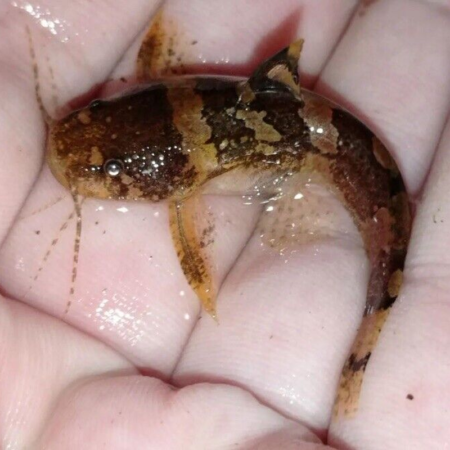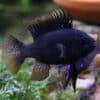-
×

-
×

-
×

-
×

-
×

-
×

Subtotal: £151.94














Emily Carter (verified owner) –
I recently welcomed the Mikrogeophagus Ramirezi ‘Electric Blue Longfin’ into my aquarium, and I couldn’t be happier! These little dwarf cichlids are not only gorgeous with their shimmering blue fins, but they also have such vibrant personalities. After about two months of having them, I’ve seen how they thrive in my 20-gallon tank, interacting playfully with each other and exploring their surroundings.
They’ve been so gentle, making them perfect for a community tank with other peaceful tropical fish. I did a bit of research before purchasing, and I found these to be much more vibrant and less territorial than many other cichlid options, which was a huge selling point for me.
One minor concern is that they do prefer slightly warmer water, so regular aquarium maintenance is essential to keep them happy and healthy. But overall, this species is quite forgiving as long as you maintain a stable environment.
I highly recommend the Electric Blue Longfin to anyone looking to add a splash of color and charm to their aquarium – whether you’re a seasoned aquarist or just starting out! You’ll fall in love with them just like I did.